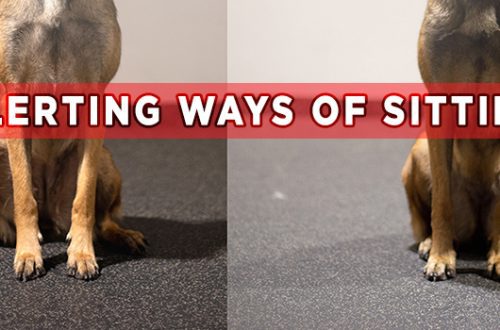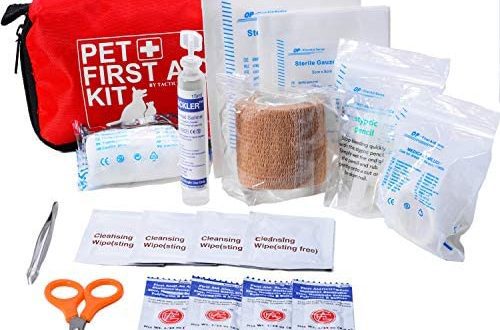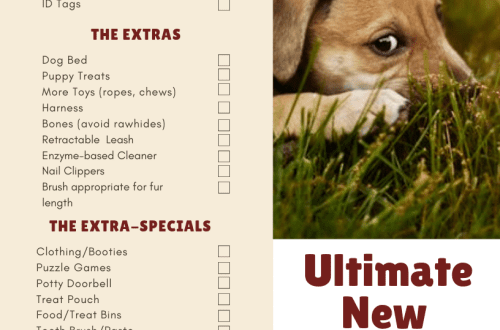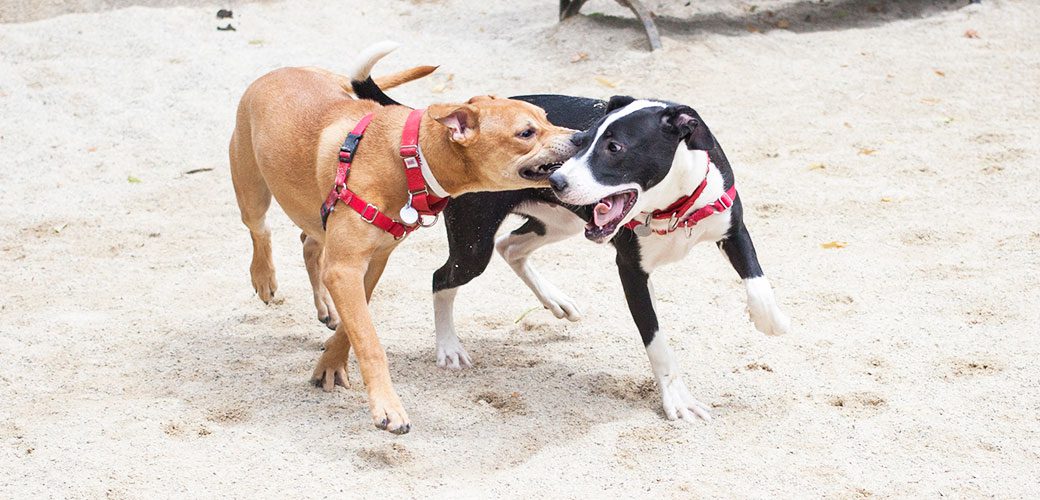
Adult dog bites in the game: what to do?
Most owners do not enjoy it at all when a dog in the game bites hard on their hands or grabs clothes. And the jaws of an adult dog can cause much more trouble than puppy bites. In addition, it is more difficult to cope with this problem if the dog is an adult, including because, due to its size, it is much more difficult to control it.
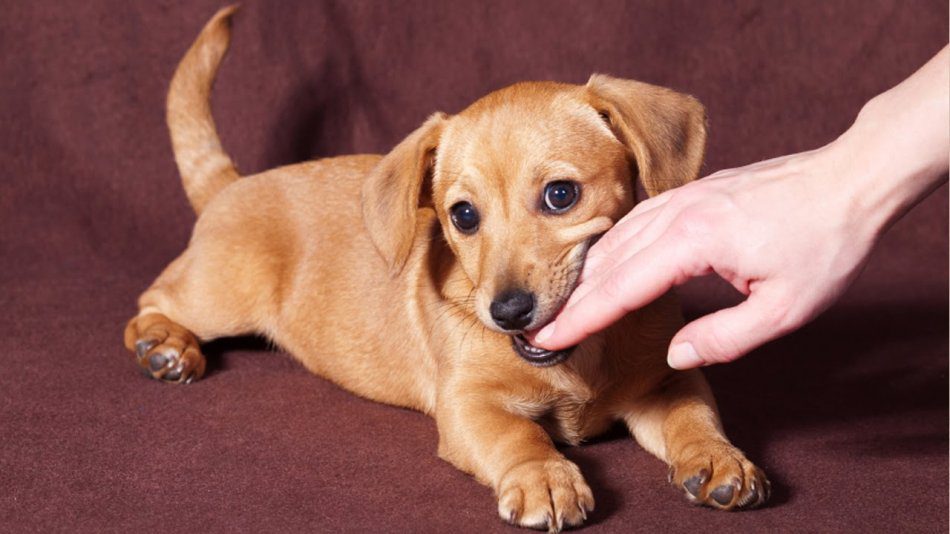
Photo: google
As a rule, adult dogs that have not been taught to use their teeth carefully in puppyhood will bite painfully in the game.
Contents
Play bites of an adult dog – is it aggression?
Basically, the use of teeth is normal dog behavior, because teeth are one of the ways to explore this world. It is important that game bites do not injure a person and do not cause pain. Game bites, even strong ones, are not a manifestation of aggression. But some dogs bite out of fear. And it’s not always easy to distinguish between play bites and bites that portend aggressive behavior.
In most cases, play bites are accompanied by the dog’s body language, indicating relaxation. She can wrinkle her nose, but the facial muscles will not look tense. Play bites are generally not as painful as aggressive bites. An aggressive dog looks tense and attacks sharply and quickly.
If you suspect that your dog is showing aggression, the best thing you can do is to consult with a competent professional.
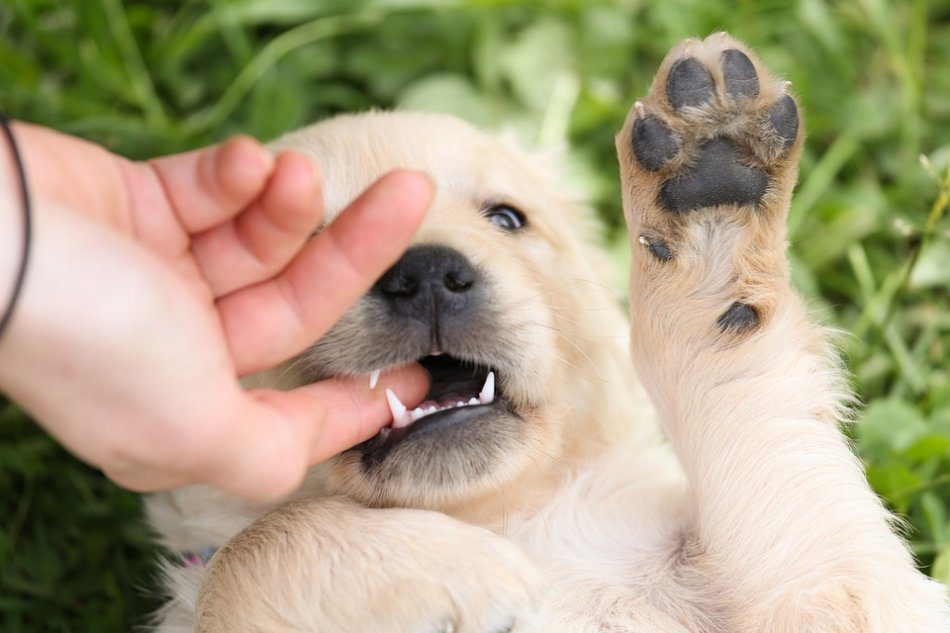
Photo: google
How to teach a dog not to abuse bites during the game?
Dogs spend a lot of time playing, chewing and exploring different objects. And, of course, they love to play with people. Puppies chew on our fingers and grab our legs – they explore the human body with their mouths and teeth, because they have no hands. This behavior may look cute when the puppy is two months old, but if the dog is two or three years old and is also large, it may no longer be funny.
That is why it is important to teach your dog to use his teeth gently when he is playing with you. There are several ways to teach your puppy to control the force of the play bite. They are based on the fact that we show the dog that our skin is very sensitive, and in the game you need to be careful. By the way, if you teach a dog soft bites in the game, he will not bite hard, even if a critical situation occurs – for example, he is too scared.
Puppies often learn to control their bite force by playing with other puppies. If you watch a group of dogs playing, you will surely see chases, attacks and fights. And from time to time (not so rare) in the game, dogs grab each other with their teeth. Sometimes strong. As a rule, the “victim” in this case squeals and stops the game – negative punishment in action! The “offender” at this moment most often bounces off and also stops for a second. However, pretty soon the game resumes. In this way, dogs learn to control their bite force when interacting with each other. And if dogs can learn this by interacting with each other, then they can very well learn by playing with a person.
Accordingly, it is not necessary to completely prohibit play biting, but if your dog bites you painfully on the hand in the game, immediately exclaim sharply and stop the game. This should encourage your dog to stop biting you. If exclamations do not help, you can say the marker of misbehavior (for example, “No!”) in a stern voice. Praise your dog if it stops biting you or licks your hand. Then restart the game. However, remember that you should not allow the dog to become overexcited when it is no longer able to control itself.
If the squeal and misbehavior marker don’t work, a timeout can be applied. If your dog bites you hard in play, yell and ignore him for 10 to 20 seconds. If she continues to attack you, you can send her to another room for the same 10 – 20 seconds or leave the room yourself.
It is important to show that strong bites, even in the game, lead to the end of the fun, but polite play has the right to life. After that, return to the dog and continue playing.
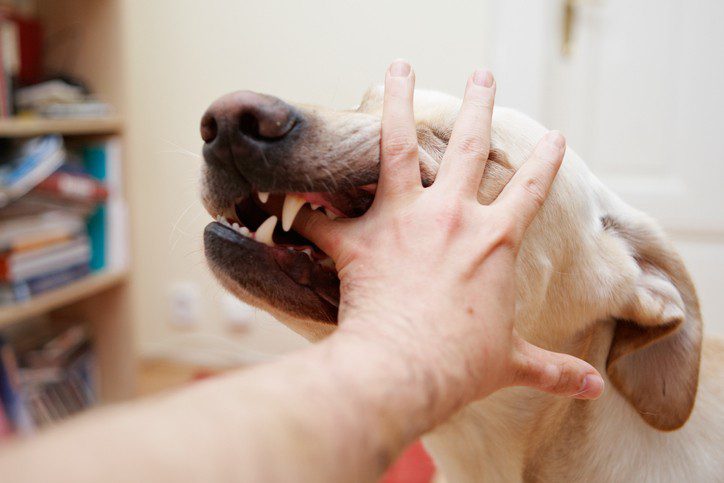
Photo: google
How to teach a dog not to bite in the game?
Matthew Bershadker, president of the ASPCA, offers ways to teach your dog not to bite people at all, even in play:
- Switch your dog to a toy or chew treat when he tries to grab you with his teeth.
- Dogs often grab people’s hands when they are scratched or squeezed. If your dog behaves this way, feed him small treats from your other hand while petting or scratching. This will help your dog get used to not grabbing people’s hands when they touch him.
- Encourage non-contact forms of play such as wrestling rather than wrestling. However, do not allow overexcitation when the dog, forgetting, begins to grab his hands instead of the toy – stop the game earlier.
- Teach your dog impulse control using appropriate games and exercises.
- Change toys so your dog doesn’t get bored, and offer toys and treats that he can chew on instead of playing with your hands or clothes.
- Let your dog play with other friendly and vaccinated dogs. This will help release energy and your pet won’t need to play rough with you.
- Make a sharp exclamation – most likely, this will make the dog stop. If that doesn’t work, use a timeout as soon as the dog’s teeth have touched your skin.
- Do not provoke your dog to play by waving your hands in front of his nose. By doing this, you are actually provoking the dog to bite you.
- Do not forbid the dog to play with you in principle. Play is a way to build a trusting and close relationship with your pet. It is important to teach your four-legged friend the right game, and not to wean him to play at all.
- Do not withdraw your hand when the dog grabs you with its teeth. Such movements appear to encourage play and the dog will most likely jump forward to catch the “running prey”.
- If you pat the dog in the game, you provoke him to bite harder. Physical punishment can also provoke biting and even real aggression. You should not use such methods in communicating with a pet.



